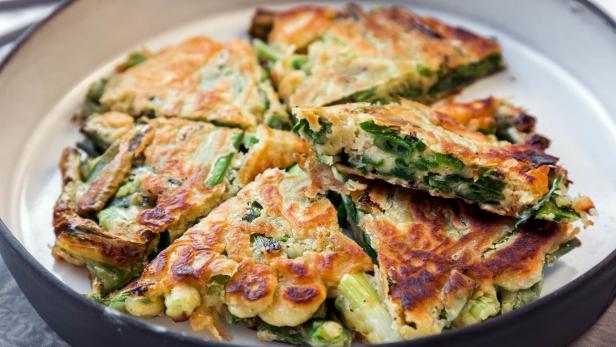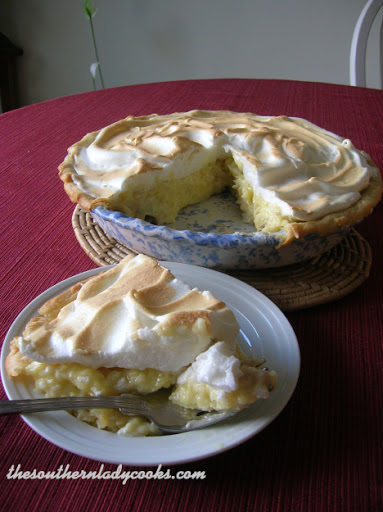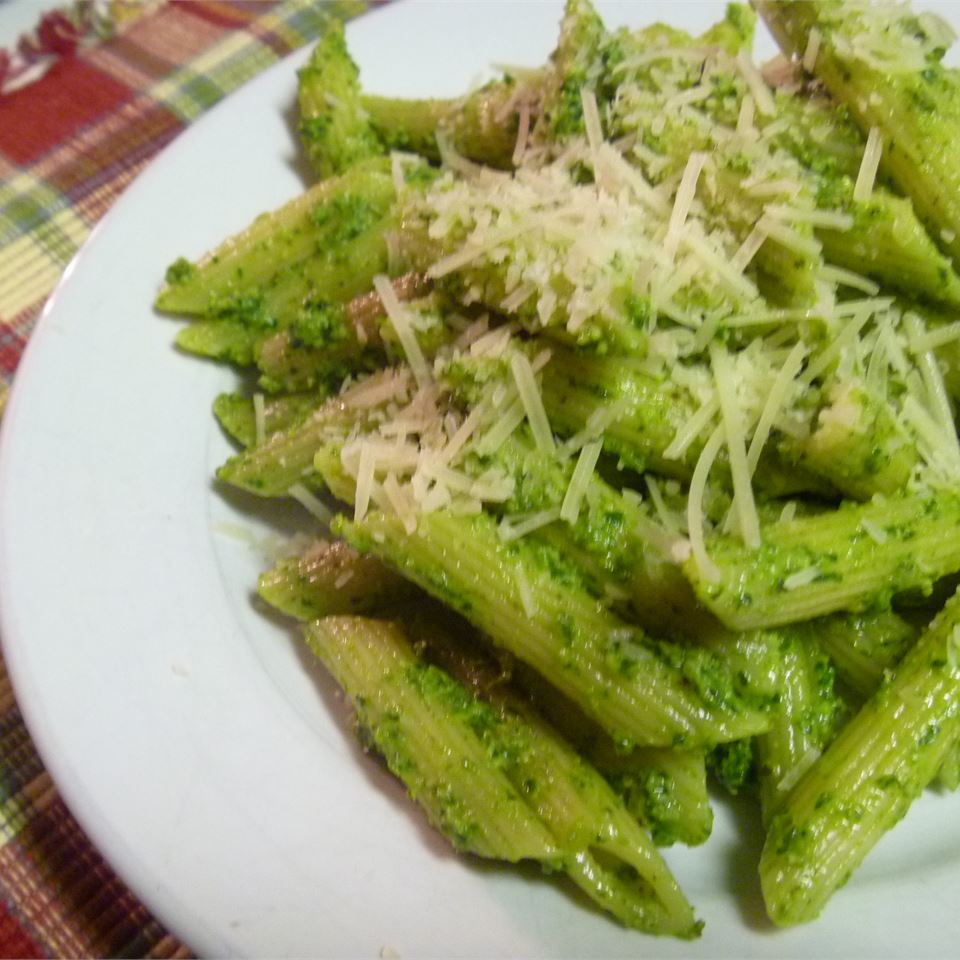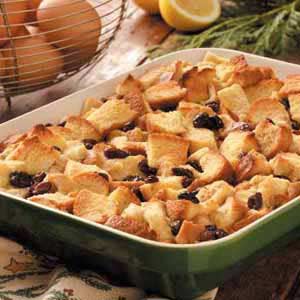Title: Tantalizing Taste of Korea: Discover the Delights of Pajeon and Its Accompanying Sauces
Pajeon, a beloved Korean dish, is a savory pancake that showcases the culinary artistry of Korea. Made with a batter of wheat flour, eggs, and spring onions, pajeon is often filled with an array of vegetables, seafood, or meat. This versatile dish can be enjoyed as an appetizer, main course, or even a snack.
To elevate the taste of pajeon, a variety of sauces are commonly served alongside it. These sauces not only add flavor but also enhance the overall dining experience. In this article, we will delve into the world of pajeon sauces, exploring their diverse flavors and providing you with three delectable recipes to create your own homemade sauces. From the classic soy sauce-based dipping sauce to the spicy and tangy gochujang sauce, each recipe is carefully crafted to complement the unique flavors of pajeon.
1. Soy Sauce-Based Dipping Sauce: A Simple Yet Irresistible Classic
This classic dipping sauce is a staple in Korean cuisine. Made with soy sauce, vinegar, sesame oil, and garlic, it offers a harmonious balance of salty, sour, and savory flavors. The addition of sesame oil adds a nutty aroma and richness, while the garlic provides a subtle hint of pungency. This versatile sauce is not only perfect for pajeon but also pairs well with other Korean dishes such as japchae and bibimbap.
2. Gochujang Sauce: A Fiery Symphony of Flavors
For those who enjoy a bit of heat in their food, the gochujang sauce is an absolute must-try. Made with gochujang (Korean chili paste), vinegar, honey, and sesame oil, this sauce packs a punch of spicy and tangy flavors. The sweetness of the honey helps to balance the heat of the gochujang, creating a harmonious and addictive sauce. Drizzle it over your pajeon and watch as the vibrant red color adds an extra layer of visual appeal to the dish.
3. Scallion Sauce: A Refreshing and Aromatic Delight
This refreshing and aromatic sauce is a great way to add a pop of brightness to your pajeon. Made with chopped scallions, soy sauce, vinegar, and sesame oil, it offers a combination of pungent, salty, and slightly sour flavors. The scallions bring a fresh and vibrant aroma that perfectly complements the savory flavors of the pajeon. This sauce is also excellent for dipping other Korean dishes such as grilled meats and vegetables.
SCALLION PANCAKE (PAJEON)

Chef Kim's version of this popular appetizer is full of greens held together by a crisp matrix of batter. He'll share the secrets to making a light, airy pancake: ice cold club soda and good technique.
Provided by Hooni Kim
Categories appetizer
Time 45m
Yield 6 servings
Number Of Ingredients 17
Steps:
- Batter: In a large bowl, add flour, cornstarch, baking powder, salt, sugar, and pepper. Mix well and set aside. In another bowl, add egg yolks, club soda, and soy sauce. Smash and peel the garlic, then finely chop. Use the flat part of your knife to press down on the garlic to further break it down, then continue to mince. Place garlic in the bowl with the wet ingredients. Add the wet ingredients to the dry and gently whisk, just enough to combine. (Do not over-whisk, or you will form extra gluten in the batter, making it too doughy.) Cover with plastic and let rest in the refrigerator, allowing any small lumps in the batter to dissolve, 10-15 minutes.
- Trim and discard scallion roots and the very tips of the greens. Slice scallion greens into 1½-inch batons; cut the denser white parts slightly shorter, about 1 inch. Chop the Chinese chives into 1-inch batons. Combine chives and scallions in a bowl.
- Dipping sauce: In a small bowl, add soy sauce, sesame oil, mirin, and rice vinegar. Stir to blend. Reserve at room temperature until ready to use. Makes about ¼ cup. (Note: Dipping sauce can be made several days ahead and stored in a lidded container in the refrigerator. Bring to room temperature before using.)
- Heat skillet over high heat. Remove batter from refrigerator and quickly whisk, about 10 seconds. Ladle just enough batter into the scallions and chives to hold them together; mix with your hand until every scallion and chive is coated with batter. (You will have leftover batter.) Add ¾ of the oil to the hot skillet, enough to cover the bottom in a thin layer. When the oil is rippling, add the pancake mixture: spread it in an even layer across the skillet, without letting it touch the sides of the skillet. (Otherwise, the edges will burn before the center is cooked through.) Ladle another ½-cup batter across the top of the pancake and cook until it's golden brown on the bottom, 2-3 minutes. Lower the temperature if the pancake is browning too quickly.
- Gently slide a spatula (or two, if necessary) under the pancake and flip it, using caution to avoid oil splatter. Cook 2-3 more minutes, flattening the top with spatula, and occasionally shaking the skillet so some of the hot oil runs underneath the pancake. Add more oil as necessary to maintain a thin layer in the skillet. When the bottom is a deep golden brown, flip one more time and cook another 2 minutes.
- Remove pancake from skillet and transfer onto several layers of paper towels to drain excess oil. Cut pancake into 6 wedges, like a pizza, and serve immediately with dipping sauce. (Note: Extra batter can be stored in an airtight container in the refrigerator for several days; make another pancake using scallions or any seasonal leafy green.)
VEGETABLE PAJEON (KOREAN SCALLION PANCAKES WITH VEGETABLES)
Crisp at the edges, soft at the center and filled scallions and other vegetables, these irresistible, comforting pancakes (adapted from Sohui Kim of Insa and the Good Fork restaurants in Brooklyn) make for a quick dinner that you can throw together on any given weeknight. It's extremely forgiving, so feel free to use whatever vegetables you have on hand. Ms. Kim recommends finely shredded raw vegetables, or even leftover cooked vegetables. And if you don't have the bandwidth to make a dipping sauce, a drizzle of soy sauce and squirt of Sriracha adds verve without any work. Serve pajeon by itself or topped with a fried egg or two, if you want to add protein.
Provided by Melissa Clark
Categories dinner, weekday, pancakes, vegetables, main course
Time 30m
Yield 3 to 4 servings
Number Of Ingredients 15
Steps:
- Prepare the pancakes: In a large bowl, whisk together all-purpose flour, potato starch, salt and baking powder.
- In a medium bowl, combine water, egg and kimchi. Whisk kimchi mixture into flour mixture, and whisk until smooth. Fold in vegetables and about three-quarters of the scallions. (Save the rest for garnish.)
- In a large nonstick skillet over medium heat, heat 2 tablespoons oil. Scoop 1/4 cup portions of batter into the skillet, as many as will fit while not touching, flatten, and fry until dark golden on the bottom, about 2 to 3 minutes. Flip and continue to fry until other side is browned, 2 to 3 minutes. Transfer to a paper towel-lined plate and sprinkle with a little more salt. Continue with remaining batter.
- Before serving, make the dipping sauce: In a small bowl, stir together soy sauce, vinegar, ginger or garlic (if using), sesame oil and sugar. Sprinkle sliced scallion over pancakes, and serve with dipping sauce on the side.
Tips:
- Use a variety of dipping sauces: Pajeon is a versatile dish that can be enjoyed with a variety of dipping sauces. Some popular options include soy sauce, vinegar, and gochujang (Korean chili paste). You can also experiment with other sauces, such as teriyaki sauce, ponzu sauce, or even ranch dressing.
- Add a squeeze of lemon or lime: A squeeze of citrus can help to brighten up the flavors of the pajeon and make it feel more refreshing. This is especially helpful if you are using a heavy sauce, such as gochujang.
- Top with green onions or sesame seeds: Green onions and sesame seeds are common garnishes for pajeon. They add a pop of color and flavor that can really elevate the dish.
- Serve pajeon hot and fresh: Pajeon is best enjoyed hot and fresh out of the pan. If you are making it ahead of time, you can reheat it in the oven or microwave, but it will not be as crispy.
Conclusion:
Pajeon is a delicious and versatile Korean pancake that can be enjoyed with a variety of dipping sauces. It is a popular street food and home-cooked meal in Korea and is also gaining popularity in other parts of the world. If you are looking for a new and exciting dish to try, pajeon is a great option. With its crispy exterior, chewy interior, and flavorful fillings, it is sure to please everyone at your table.
Are you curently on diet or you just want to control your food's nutritions, ingredients? We will help you find recipes by cooking method, nutrition, ingredients...
Check it out »
You'll also love










